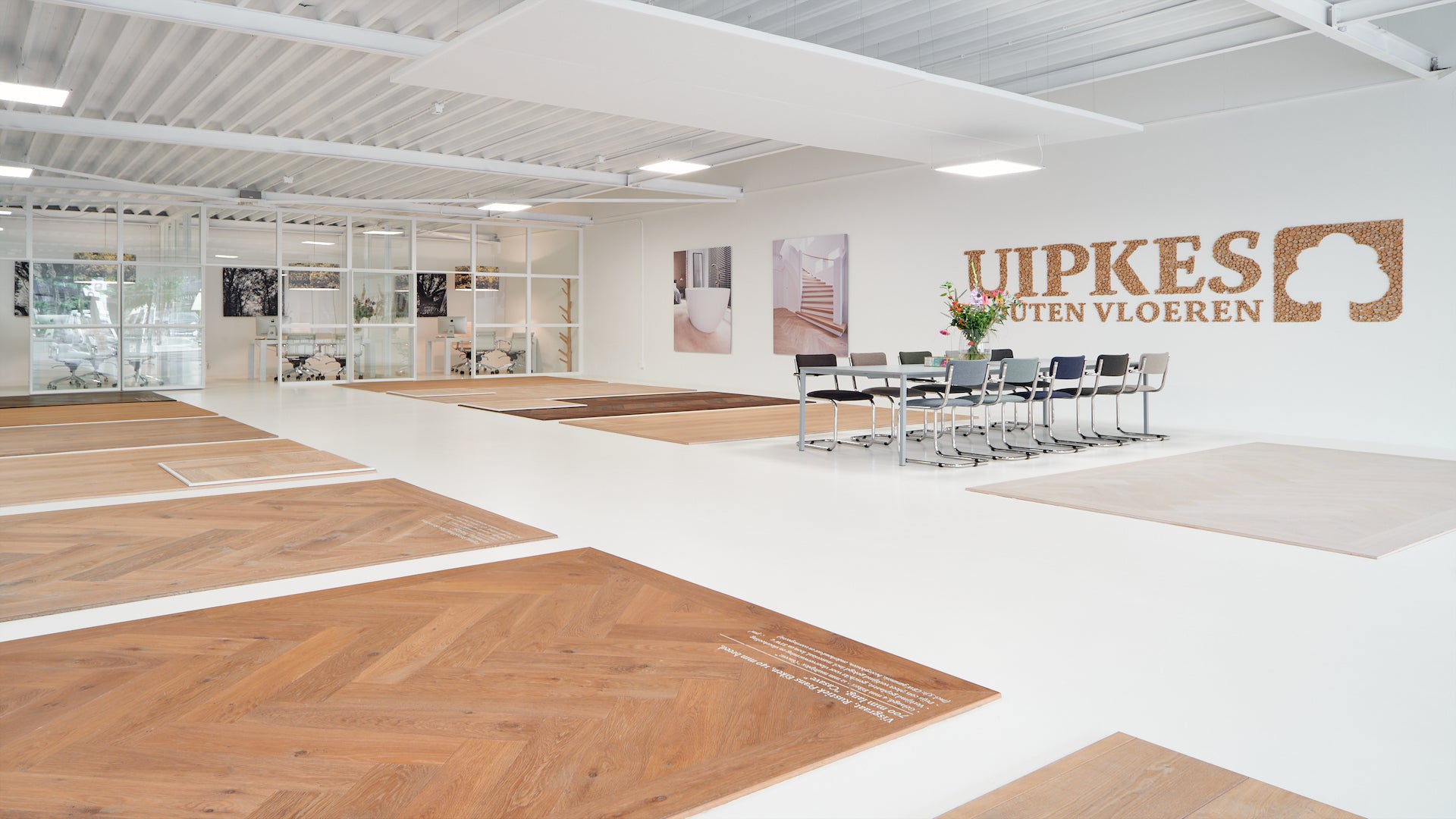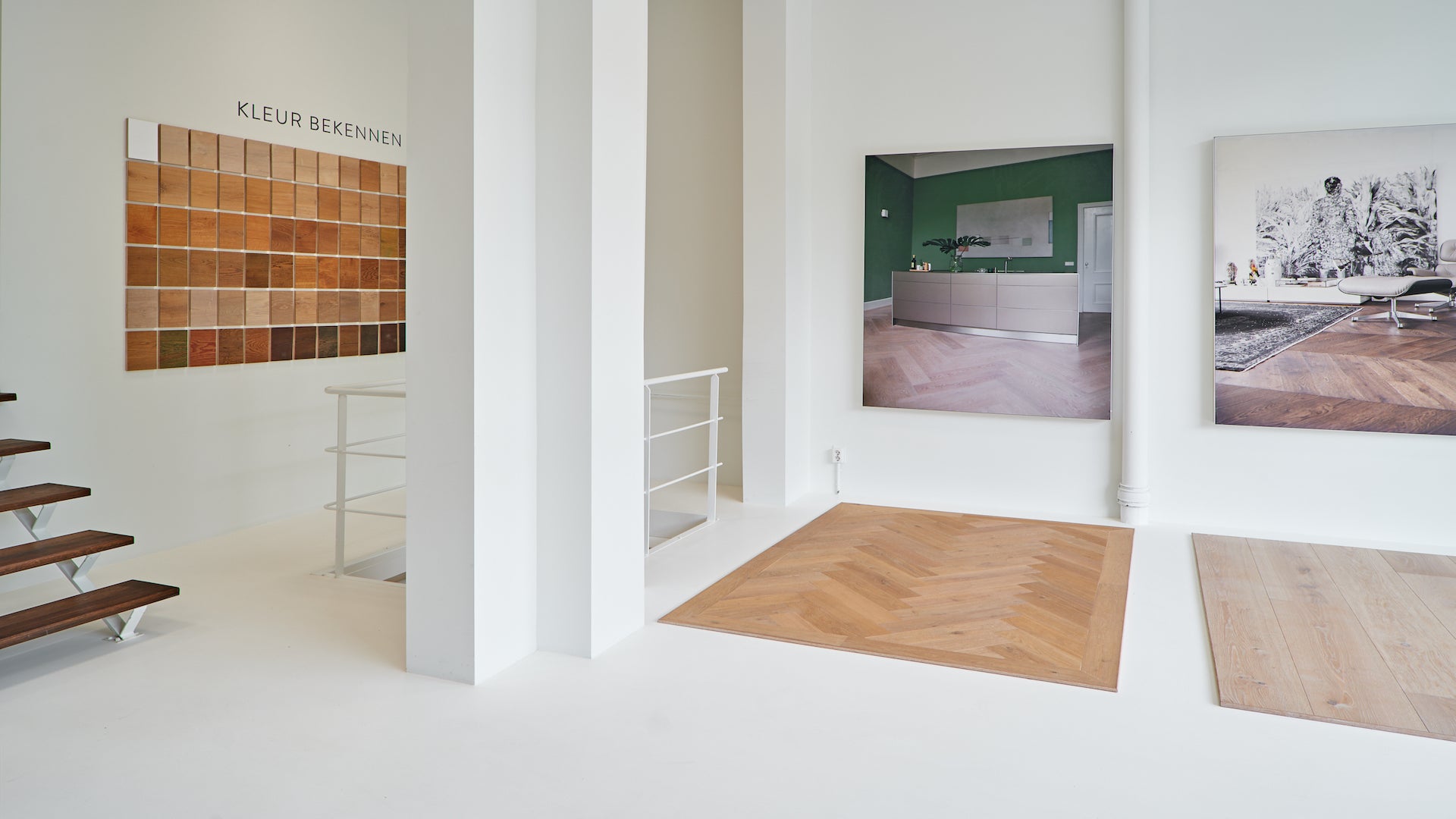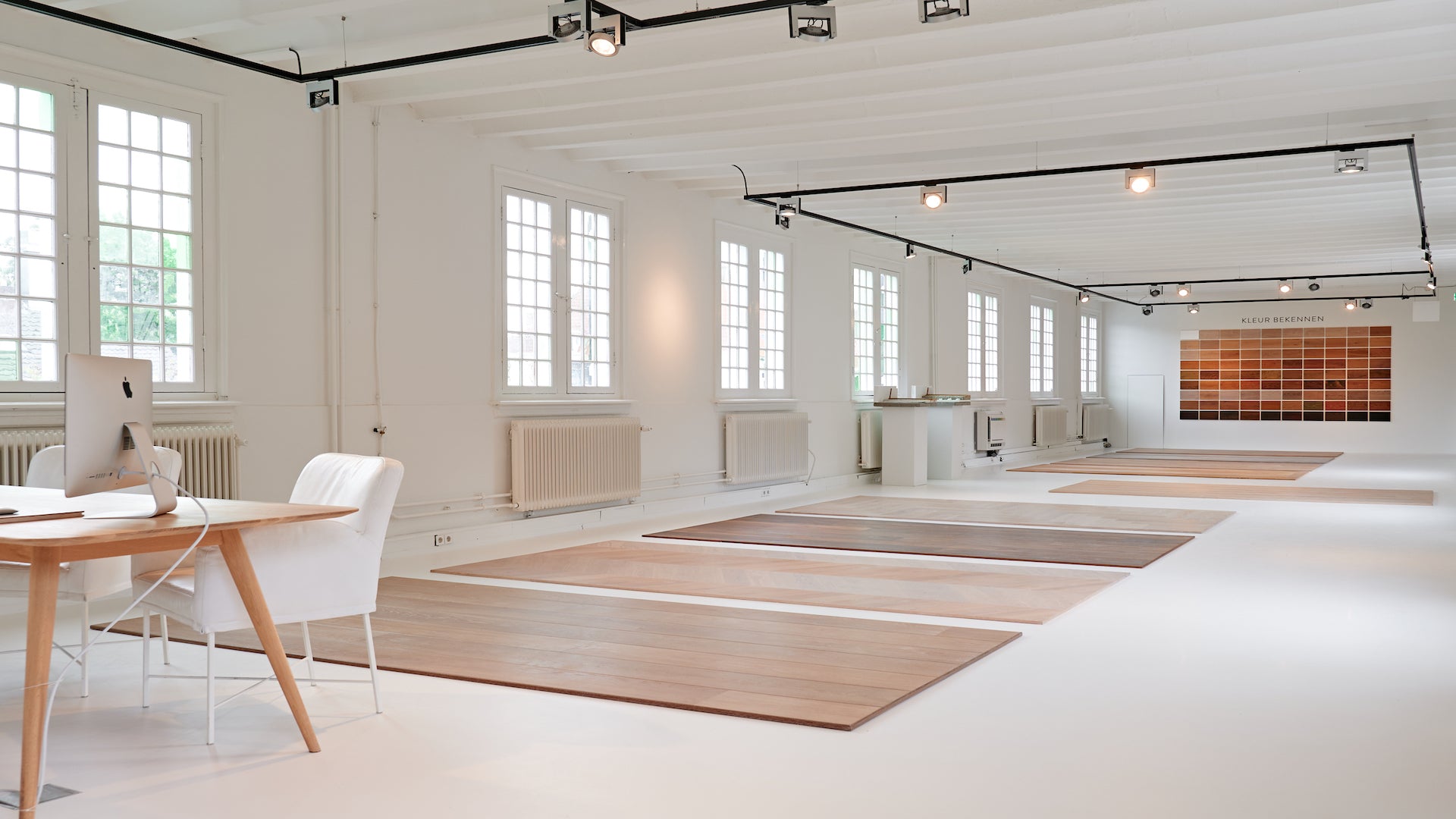ONDERVLOEREN
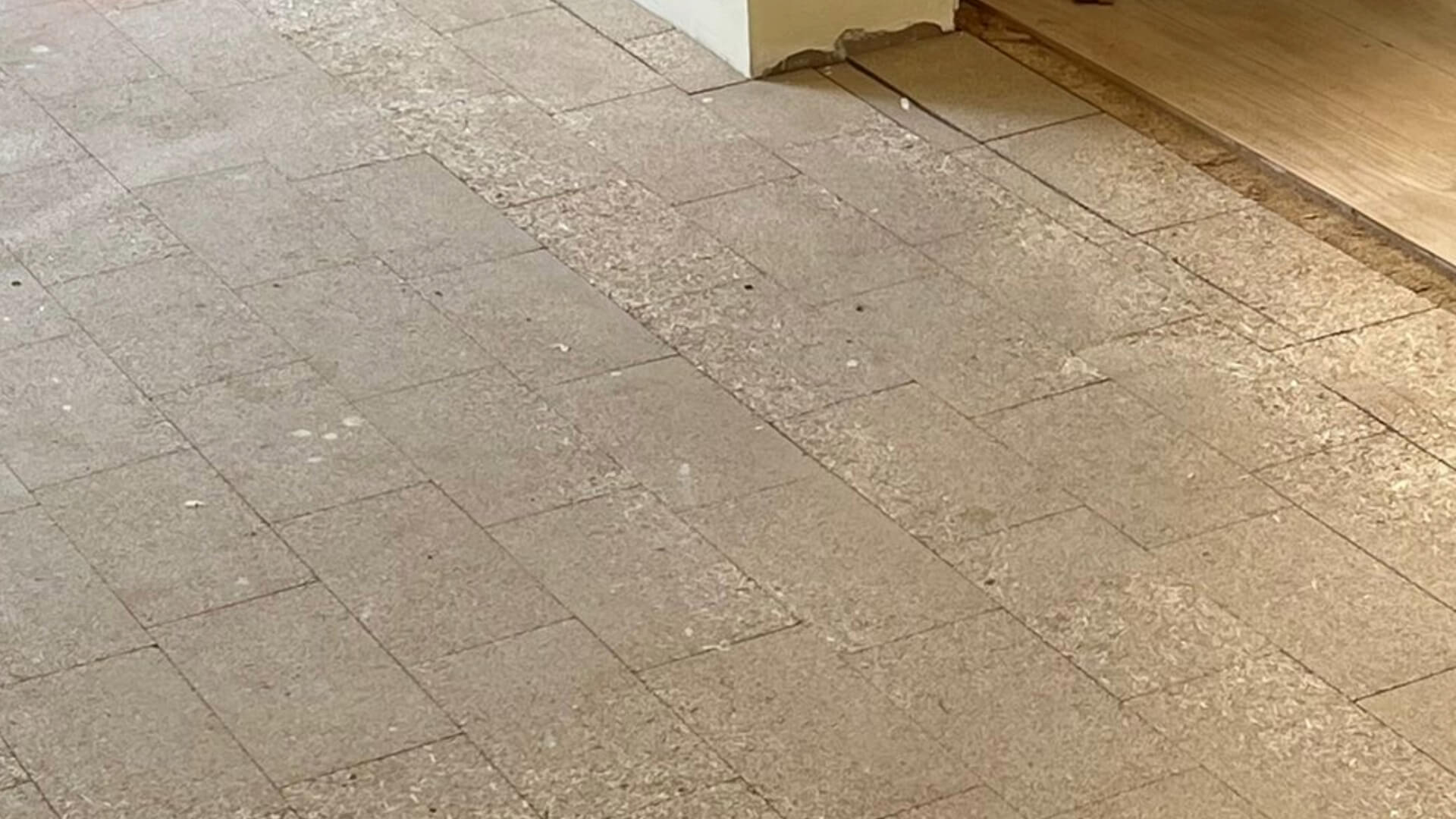
Bezoek de showroom
A wooden floor can be installeed in different ways. The method to use depends on the current floor of your home. This floor acts as a subfloor and base for your new floor.
Our wooden floors can be installed on virtually all basic floors (called screed floors). Every basic floor must be permanently dry, hard, flat (this does not necessarily mean level), clean, load-bearing, strong and dimensionally stable.
It is advisable to cover the floors when carrying out other work, so that they are protected against dirt and moisture. This is only necessary while performing other work. Please note that covering newly poured screed floors (sand/cement, anhydrite, wood magnesite/monolith) can influence the duration of the drying process.
When installing the wooden floor, we recommend a flatness class 2 for the best end result. The floor may have a maximum gradient of 4 mm in height over a length of 2 meters.
The installation of the wooden floors can be either floating or glued. Which laying method can be used depends on the type of base floor and installation pattern.
Below we explain the most common screed floors and the various points that should be taken into account in preparation for installing a wooden floor.
Ontdek de mogelijkheden
GENERAL POINTS TO CONSIDER FOR THE SUBFLOOR
- Subfloor must be clean (free of lime, glue and paint residues)
- Subfloor must be well-load-bearing (construction), strong and dimensionally stable
- Subfloor must be permanently dry and hard
- Subfloor must be flat (NOTE: subfloor does not have to be level!)
- Please note that covering may influence the duration of the drying process, but prevents contamination
- Flatness class 2 is desirable
WORK FLOOR
The top layer of the subfloor is considered the work floor. Our experienced inspector will assess whether this layer is suitable for installing a wooden floor. Sometimes it is necessary to improve the quality of the existing subfloor.
We always have a solution. All work surfaces must be flat, dry and dimensionally stable. We list the details of the different types of subfloors for you.
Liever thuis advies krijgen?
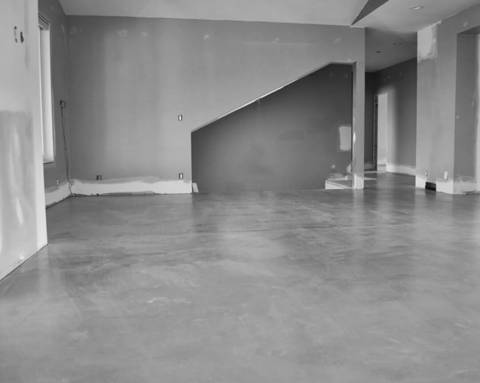
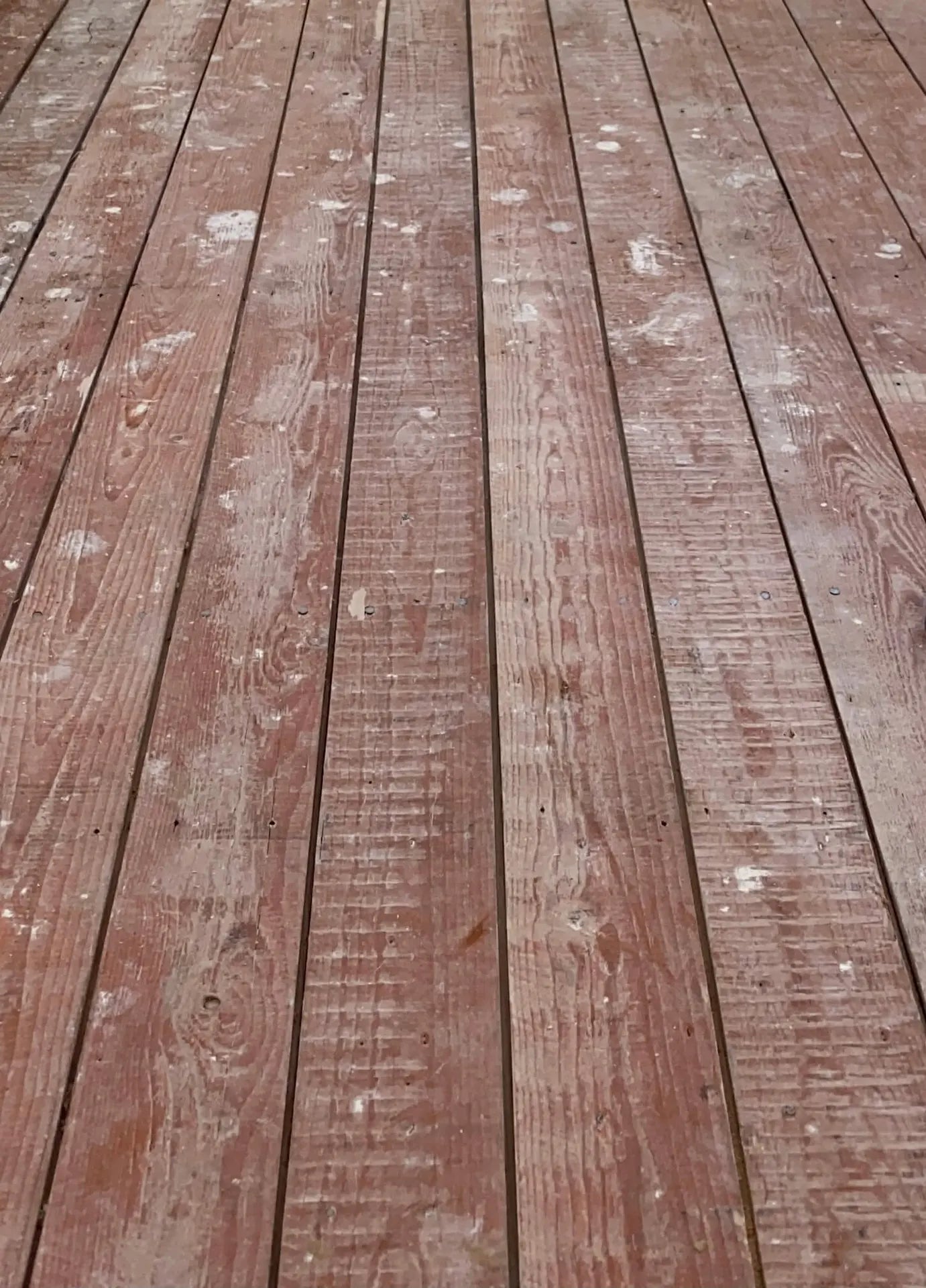
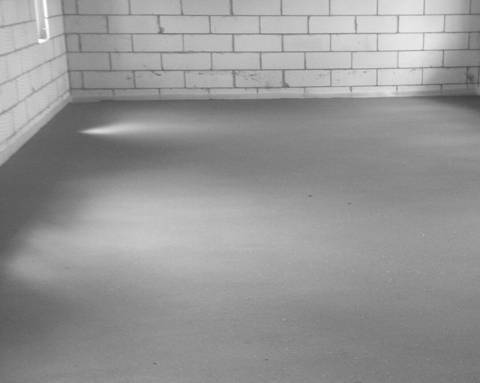
ANHYDRITE CAST FLOOR
Anhydrite cast floors are often used in new construction projects. These types of floors can be installed quickly and are less susceptible to cracking.
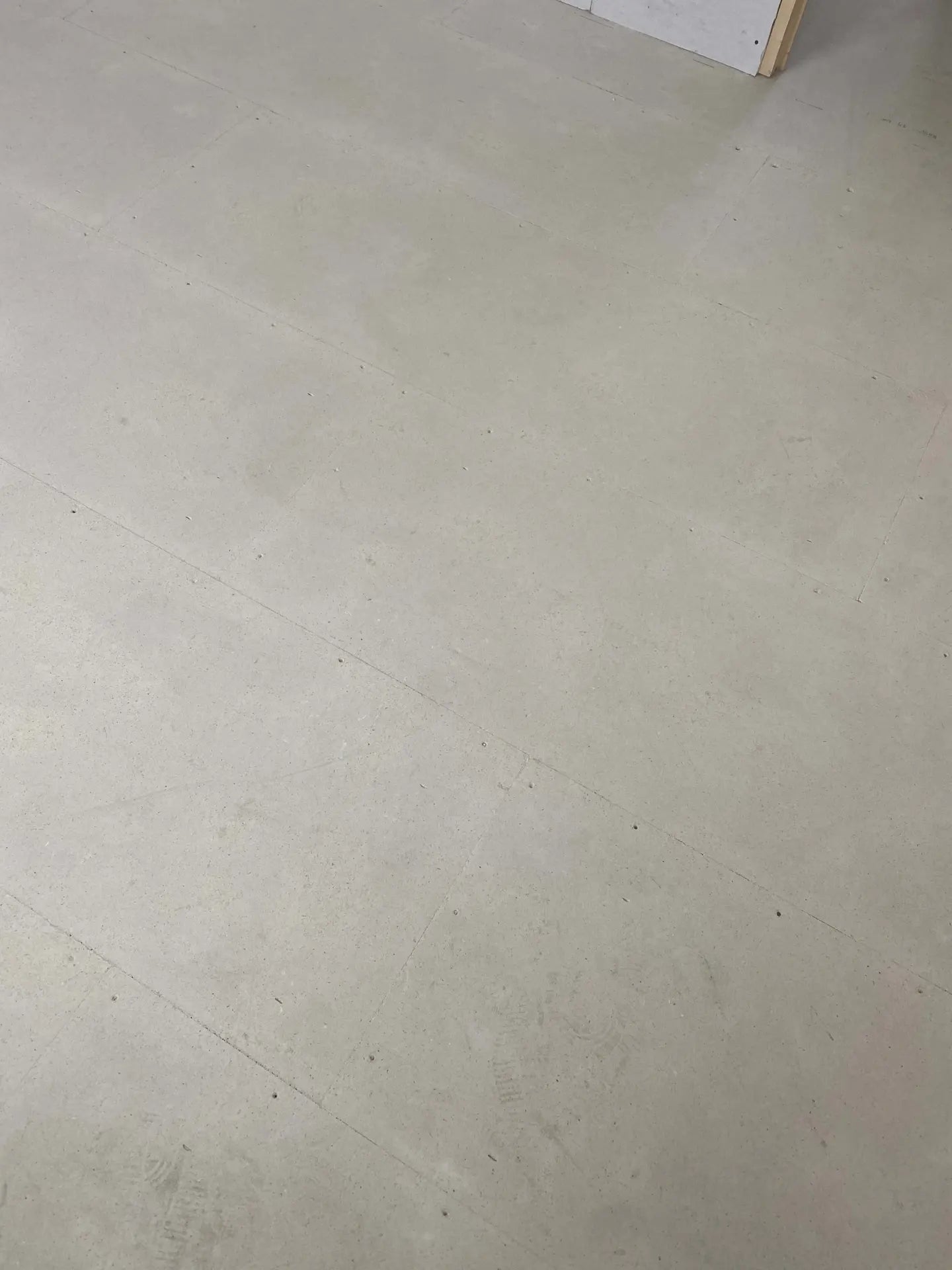
ESTRICH FLOORS
In renovation and increasingly in new construction, gypsum fiber/Estrich floors are used as a subfloor. A well-known Estrich floor is the Fermacell floor.
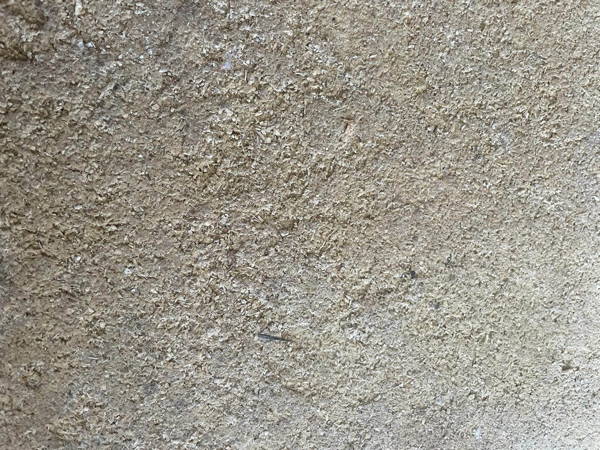
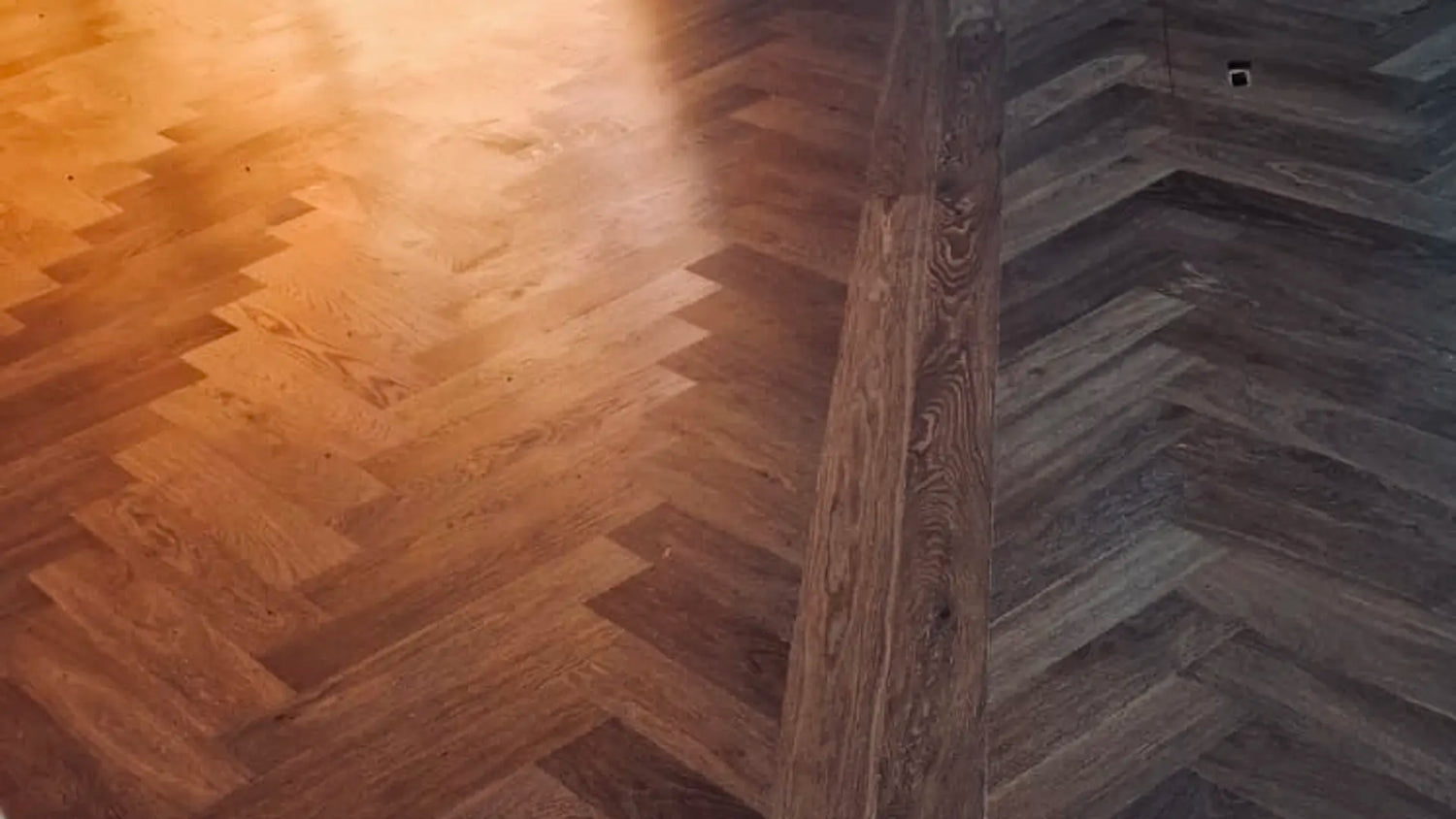
PARQUET UNDERFLOOR
Parquet floors that have been installed with glue form an excellent basis.
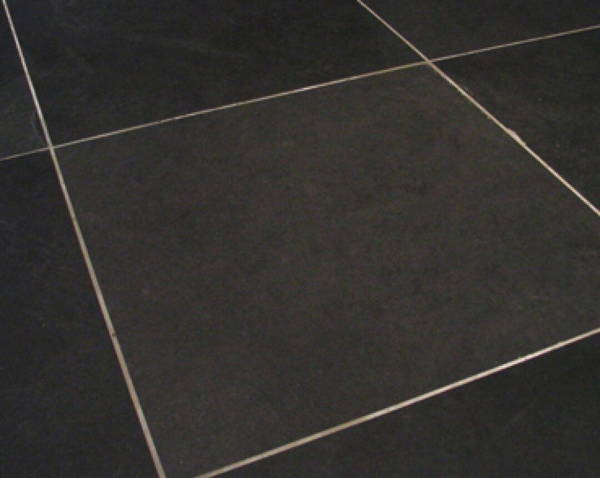
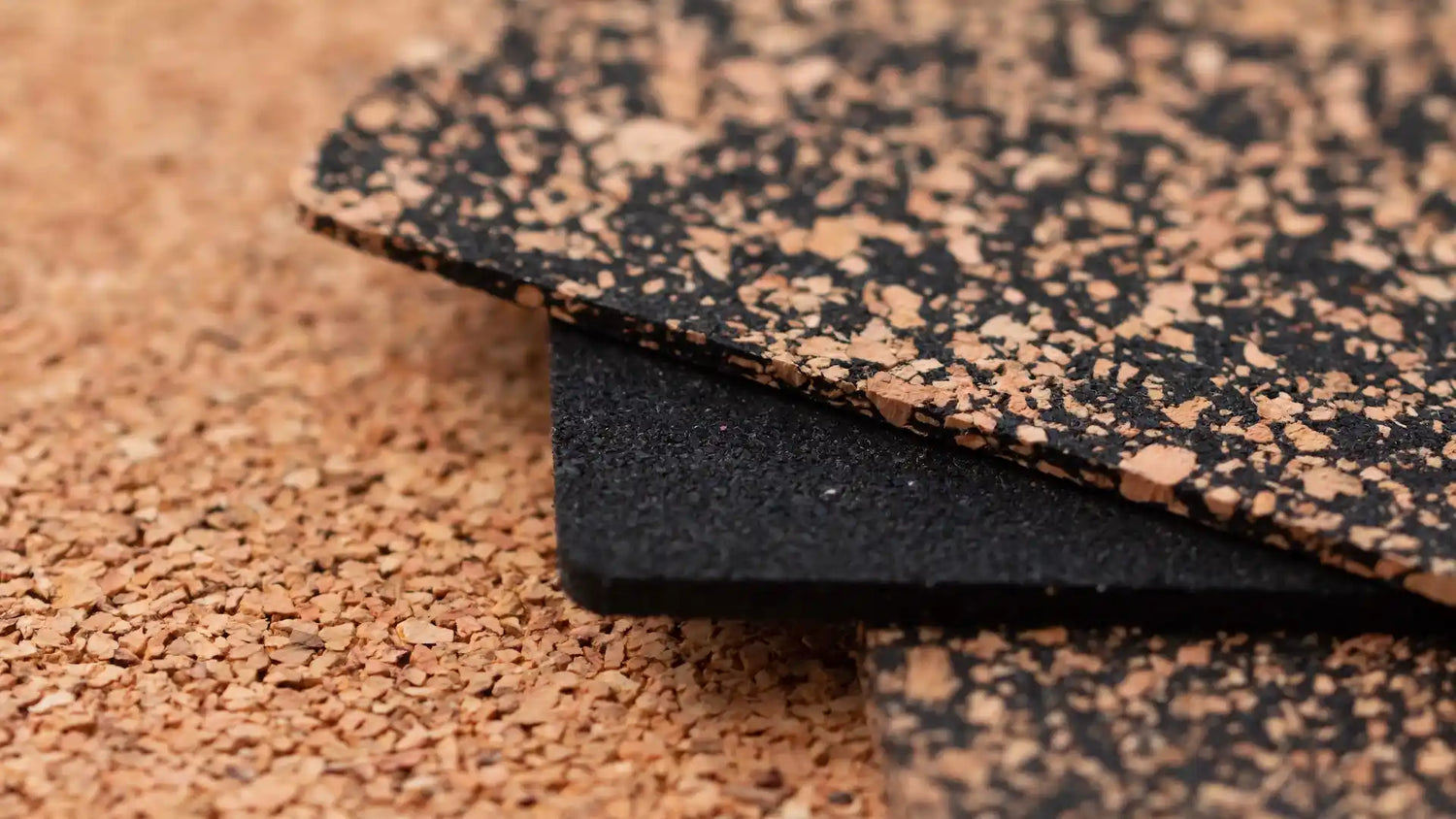
Showrooms
Frequently Asked Questions
What is the purpose of an underlay and why is it important?
An underlay serves as the basis for the floor covering and has various functions, such as leveling the surface, providing insulation, reducing sound transmission and protecting the floor against moisture.
What types of subfloors are available?
- Polyethylene film underlays: provide moisture protection for laminate and wooden floors.
- Sound-absorbing subfloors: reduce sound transmission to the floors below.
- Subfloors with integrated vapor barrier layer: prevent moisture problems with floating floors.
- Cork or foam underlays: provide cushioning and insulation for laminate and wooden floors.
- Sand cement: traditional underlay for various floor coverings.
- Anhydrite: gypsum-based screed with self-levelling properties.
Which subfloor is suitable for laminate floors?
For laminate floors, subfloors with moisture protection and sound-absorbing properties are ideal. Underlays made of polyethylene foil or sound-absorbing material are good choices.
Which subfloor is suitable for carpet?
Carpet requires a dense and resilient subfloor for comfort and resilience. Foam or rubber underlays provide cushioning and extend the life of the carpet.
Can I reuse an existing subfloor when replacing floor coverings?
Reusing an existing subfloor depends on its condition. If the subfloor is still in good condition and suitable for the new floor covering, reuse may be possible.
Do I need to use an underlay when installing a wooden floor?
Yes, an underlay is usually necessary when installing a wooden floor. It provides moisture protection, cushioning and stability for the floor.
Which subfloor is suitable for underfloor heating ?
With underfloor heating it is important to choose a subfloor that conducts heat well and distributes it evenly. Subfloors made of cork, foam or special materials, with which you can stick directly to the subfloor that are suitable for underfloor heating , can be the best choice.
